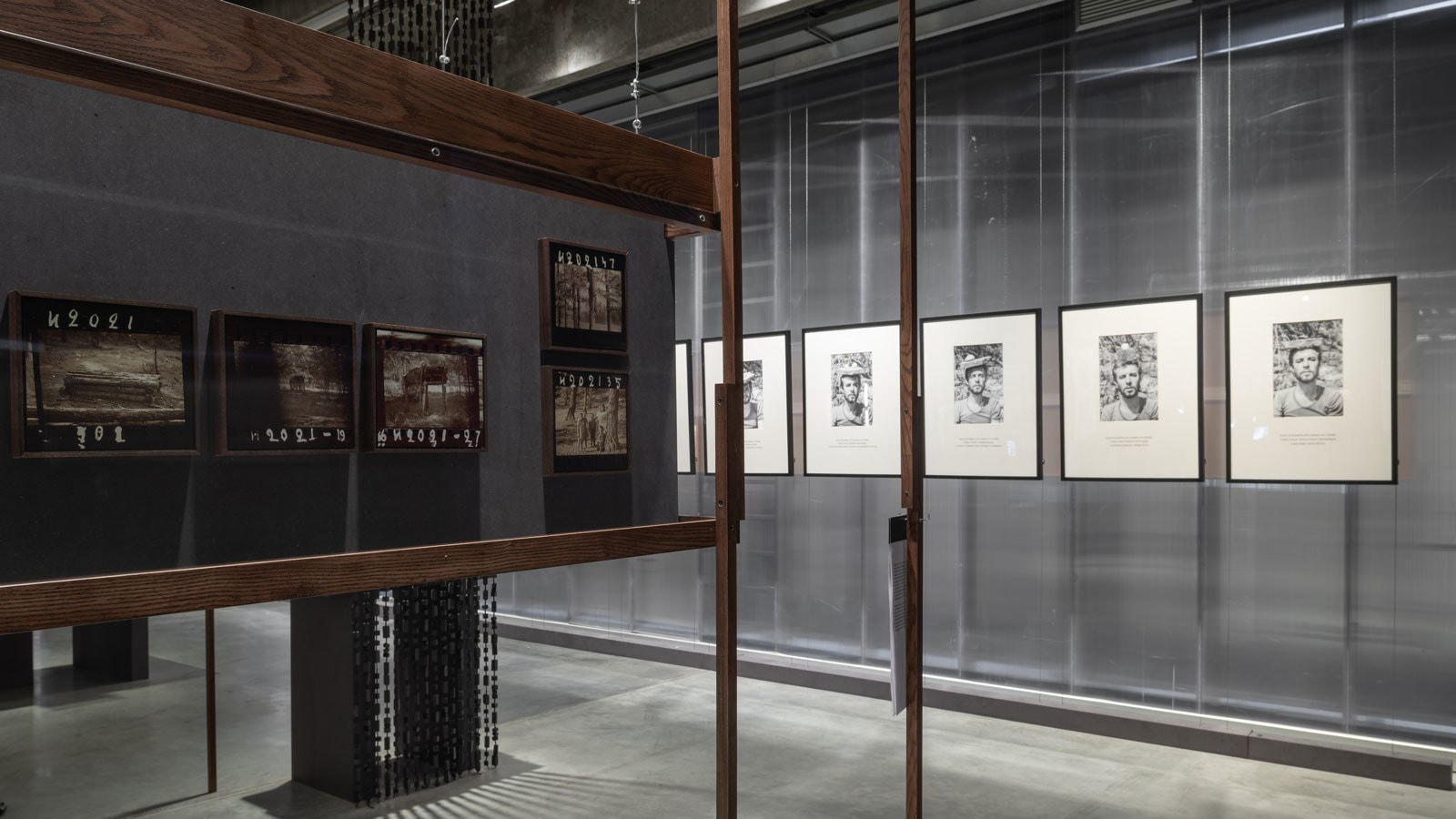To change something radically was a difficult task for an ordinary Soviet person. But to control things was rather easy. From the early 1970s, the authorities encouraged the formation of so-called bodies of public control, which recruited party members along with non-members who had passed the selection. As the French historian Nicolas Werth observed, these bodies soon grew into a whole army, with almost every sixth person serving in it. According to Werth, this structure “stimulated voluntary participation in the life of society” and attracted many educated individuals.
For Anatoly Zhigalov, the job of building supervisor was not a tool of control but provided access to a three-dimensional space. From the perspective of an artist, “participation in the life of society” through service in a body of public control is a parody in terms of content and vanguard in terms of form. “In the 1970s I was a consistent and radical geometrist,” explained Zhigalov. My Last Work “declared a break with the conventional language of art (a square) and access to real space (a cube as a square in three-dimensional space).” The multiple meanings of Zhigalov’s work derive from the transformation of square into cube. A poster shows him offering to sell his “last work.” One month of artistic supervision costs 561,515 rubles and 62 kopeks. The price of the “last work” is the supervisor’s salary of 82 rubles and 50 kopeks, cubed. Zhigalov planned to spend the money on digging a channel that would separate the European and Asian parts of Russia, and thus forever define the country’s cultural localization.
“My latest piece, I Work as a Supervisor, belongs to the people thrice,” states Zhigalov on the poster. In fact, the work itself and the actions it implied (the laying of Avant-Garde Alley, for example) were addressed not to an abstract “people” but to “deterritorialized milieus” (to use anthropologist Alexei Yurchak’s definition of the informal social circles of late socialism). The deterritorialized milieus, or “our people,” may quietly and without opposition affects respond to calls and slogans, and even repeat them, but they ignore the meaning of what is said. The most popular character of 1970s Soviet mass culture of was Max Otto von Stierlitz, the protagonist of the TV series Seventeen Moments of Spring. His “last work” was as a SS Standartenfuhrer, raising his hand in the Nazi salute where necessary, carrying out orders, and simultaneously working in a completely different dimension: Stierlitz was a Soviet spy tasked with finding out who in the German command was conducting secret negotiations with the United States and the allies. The lifestyle of the Nazi elite and Stierlitz is suspiciously similar to the status quo established during the era of stagnation in the Soviet Union: the rapprochement of Mueller and Bormann with the US toward the end of World War II perfectly correlates with the “détente” following President Nixon’s 1972 visit to the Soviet Union. “The regime is not on the attack but on the defense. Its motto is ‘Don’t touch us and we won’t touch you’,” wrote dissident Andrei Amalrik in his prophetic text “Will the Soviet Union Survive until 1984?”.
